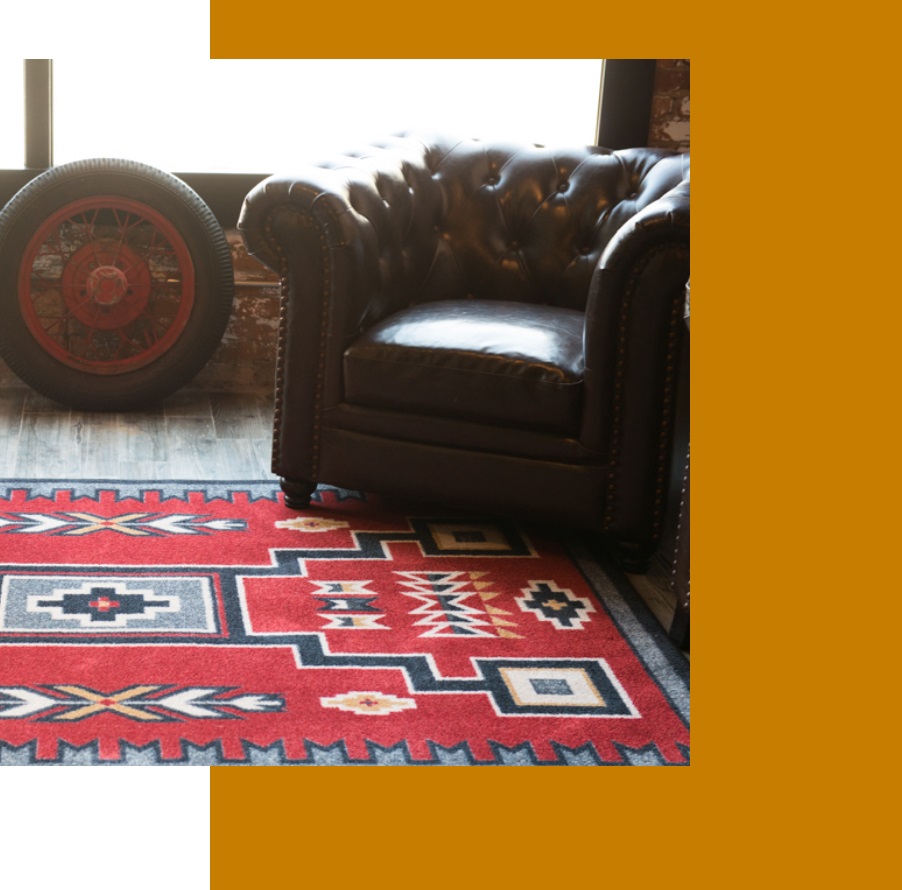
large navajo rugs for sale
Selvage lines run along the sides of the rug. The line is actually two or more threads twisting around each other and interlaced through the edge of the fabric. Selvage lines help the weaver maintain a straight edge and give the rug a finished look. Although the presence of selvage lines helps indicate the authenticity of a Navajo rug, the absence of these lines does not necessarily mean the rug is not authentic. It is possible to see selvage lines in a photograph.


